Recently, the Red Hot Chili Peppers released a groundbreaking music video, based completely on audience interaction. The music video enables the viewer to control the camera during the entire performance, scrolling into four unique ‘rooms,’ each featuring a different member of the band. “Look Around,” the aptly titled song featured in the video, was actually released to the public in January in standard format, but has since been remastered for a unique user experience. Check out the video below:
While this is not necessarily the first interactive music video released in the past few years, it is an exceptional illustration of providing a seamless and engaging experience for the audience. The viewer has complete control of the camera and the ability to interact with different objects hidden within the frame. Different hidden objects provide behind-the-scenes footage and imagery, giving additional context to the video without causing significant interruption. There is even a hint system built in to assist in finding the hidden ‘easter eggs’ within the video.
Interactive music is becoming a more and more popular trend among tech-savvy artists. However, interaction is not strictly subjective to video productions. Washington-based group, BlueBrain, creates location-aware albums that cause music to evolve as the listener moves. Their first album, “The Washington Mall,” featured a single track in app format that incorporated different instrumentation depending on the listener’s location around DC’s famous national monuments.
The National Mall by BLUEBRAIN. The First Location-Aware Album from BLUEBRAIN on Vimeo.
BlueBrain continues to develop more geo-based tracks, featuring populated areas like New York’s Central Park and downtown Austin, Texas. The band received a great deal of support during this year’s SXSW festival. These two examples showcase two uniquely different types of interactive music, both requiring navigation, but in very different ways. One could argue that both strategies are effective ways to engage fans. However, one may also claim that geo-based music is much more limiting for artists, while interactive video productions are less sensory-based or memorable.
What are your thoughts on the interactive use of music in today’s world? Do you see this as a gimmicky tech trend that will pass in time, or will interaction soon hold significant weight in the music industry? Is an interactive experience significantly more rewarding for fans than a non-interactive version? If you have experience with an interactive music platform, examples of other great uses of this technology, or any other comments about this unique application of music, we would love to hear from you!

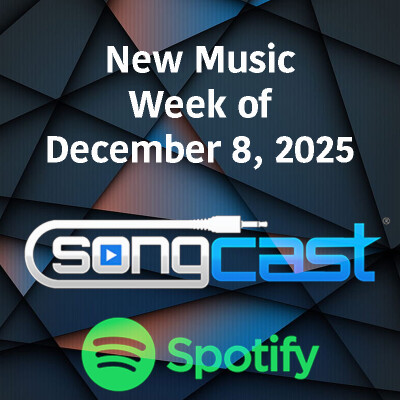
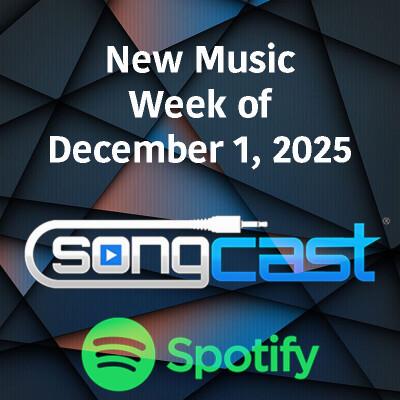
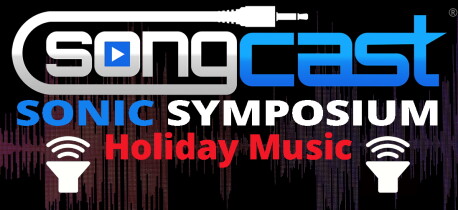
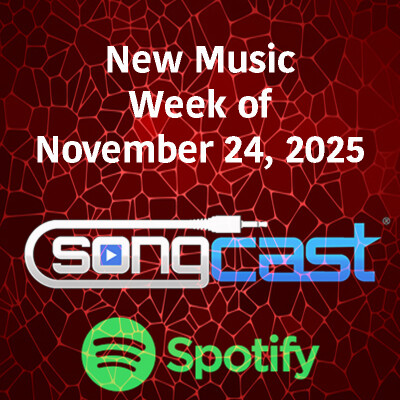
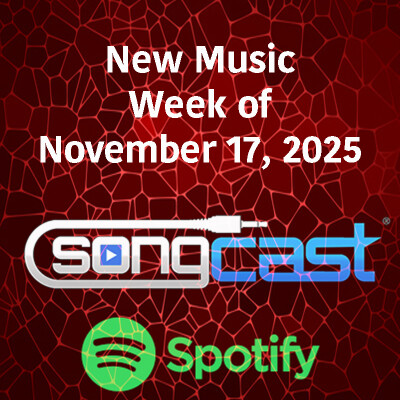
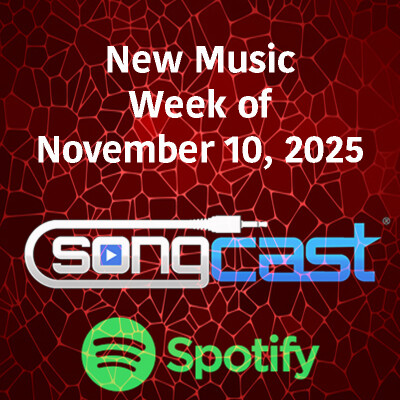
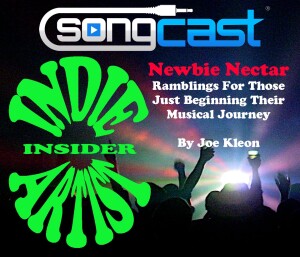

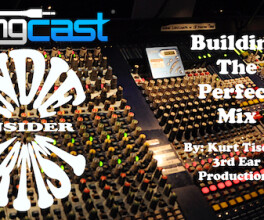






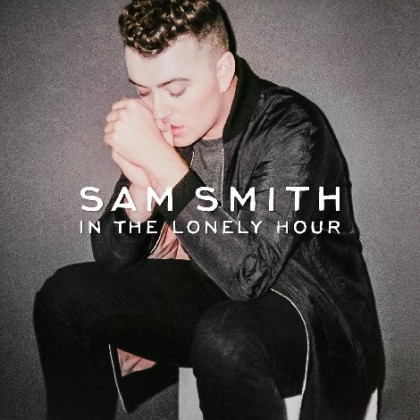
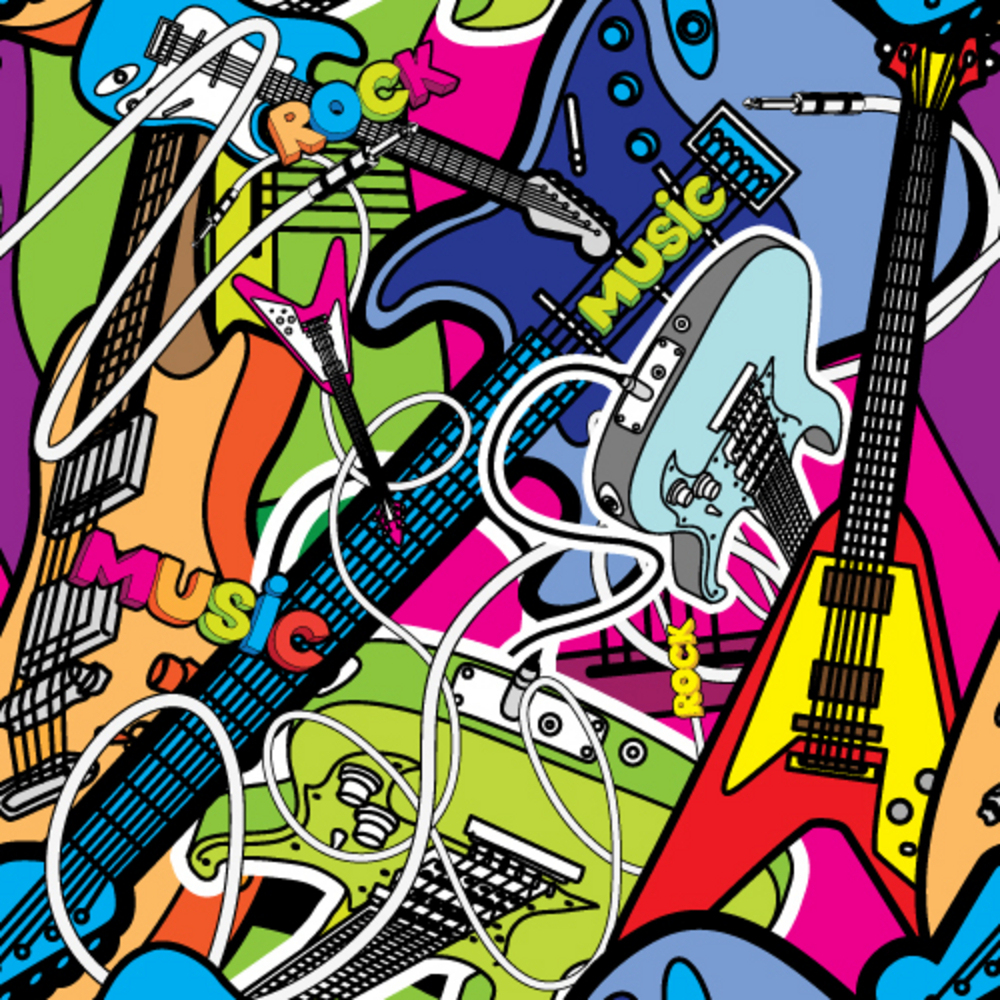



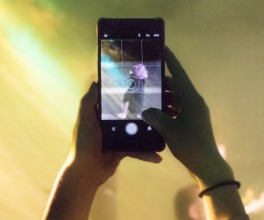
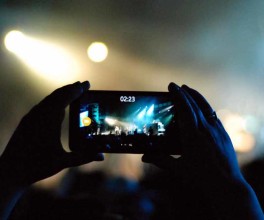

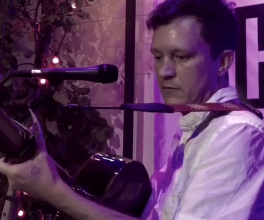

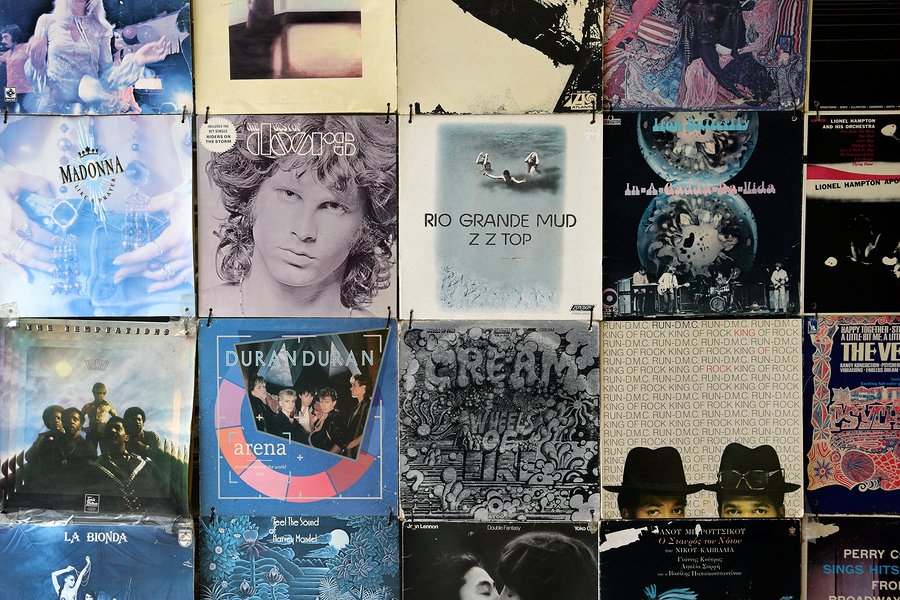




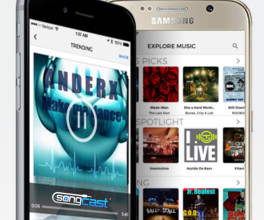



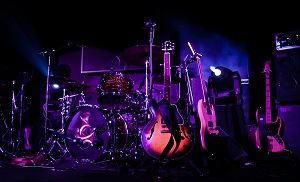







Comments
No comment